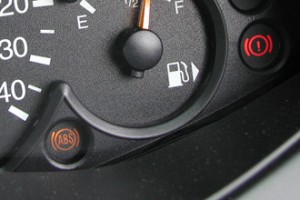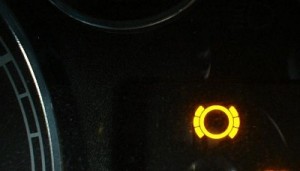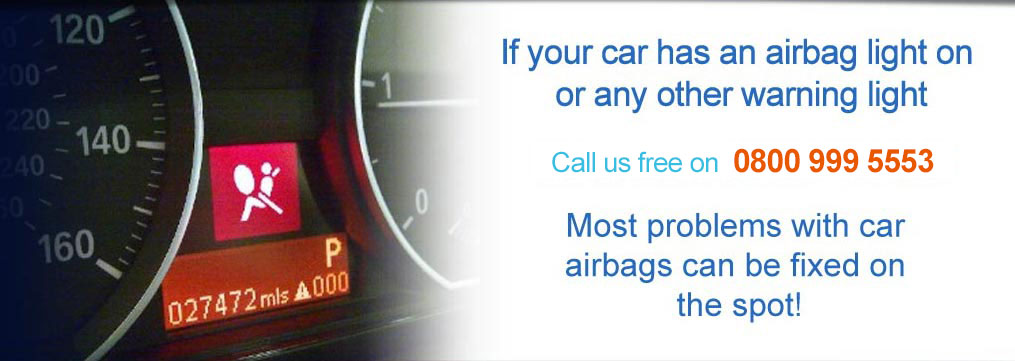
The ABS tests itself each time the ignition is turned on. If a defect is detected for whatever reason, the ABS turns itself off and the ABS light is turned on, normal braking system is then used on its own. The driver is alerted to a problem by the ABS light staying on.
At DASHWARNINGLIGHTS.CO.UK we can communicate with the cars ABS Diagnostics system, locate the problem with the ABS light and replace any defective parts and reset any dashboard lights.
The anti-lock braking system (ABS) works by limiting, applying and releasing the pressure to any wheel that decelerates too quickly. This allows maximum stopping force to be applied without the brakes locking-up and the car skidding.

A typical ABS is composed of a central electronic control unit (ECU), four wheel speed sensors (one for each wheel), and two or more hydraulic valves within the vehicle brake circuit. The ECU constantly monitors the rotational speed of each wheel.
When it senses that any number of wheels are rotating considerably slower than the others (a condition that is likely to bring it to lock), it actuates the valves to decrease the pressure on the specific braking circuit for the individual wheel, effectively reducing the braking force on that wheel.

The wheel(s) then turn faster; when they turn too fast, the force is reapplied. This process is repeated continuously, and this causes the characteristic pulsing feel through the brake pedal. A typical anti-lock system can apply and release braking pressure up to 20 times a second.
The warning light to the left is for the front brake pads,if this light is on you should have your pads checked and replaced as soon as possible.



